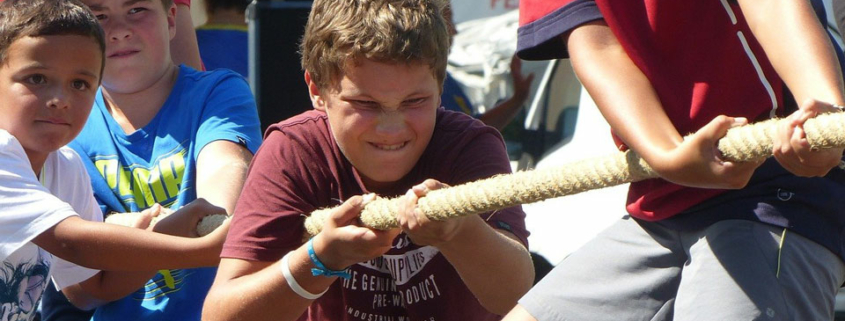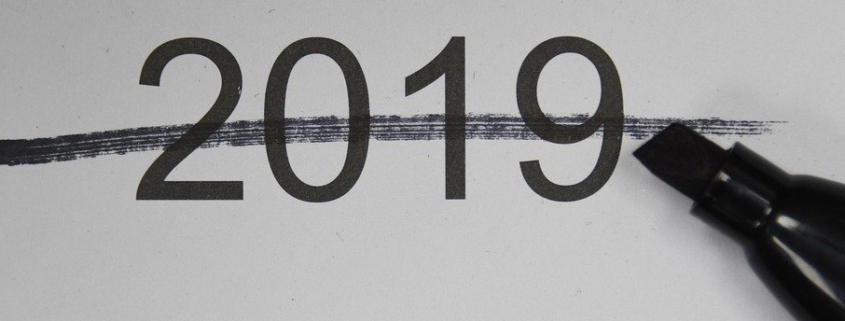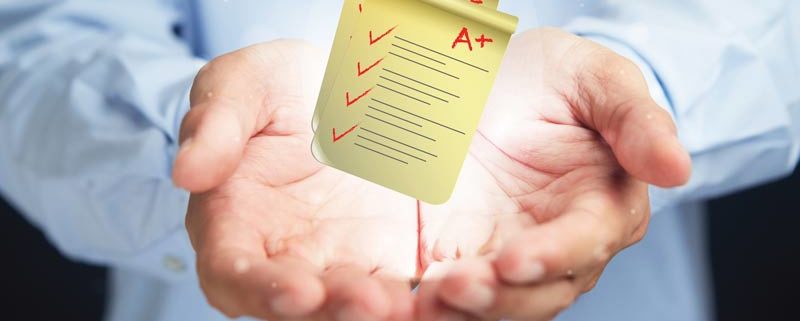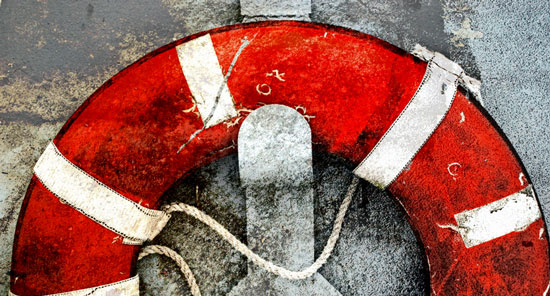Admitting Mistakes: Ethics Says Yes, Instinct Says No
We have all had the experience of sensing when we were wrong about something. Maybe it’s our conscience speaking; but often we just let it go. Time heals all wounds. Others will figure it out. Right? But what if we are wrong twice? Wrong to hide the mistake and wrong to assume it will go away? Life happens pretty fast; let’s learn how to deal with mistakes and apologies a bit better. A more joyful life is coming up.
Introduction
Here is this month’s insight. Unless you can: 1) admit that you are wrong more often, 2) identify in the moment and notice the mistake, and 3) give an appropriate apology, life will be harder for you.
You will become more rigid, risk the loss of friends and family, and lose any chance of gaining wisdom from your mistakes. In short, you’ll be less of the person you’d like to be. We are all up against a lot. There are cultural norms that can push us towards either cover up or revealing mistakes. Let’s examine the actions of a recent President.
In Barack Obama’s first four months in office as President of the United States, he gave 10 widely publicized apologies on the world stage. The apologies were issued in France to all of Europe, to the Muslim World (interview with Al Arabiya), to the Summit of the Americas in Trinidad, the G-20 Summit of World Leaders in London, at the National Archives (Wash. D.C.), to the Turkish Parliament (Ankara, Turkey) and to other locations. In none of the apologies did Obama implicate a direct path of fault on himself. In each case, he was apologizing for the mistakes, errors, and sins of the United States of America. He was not apologizing for what he personally did. There’s a big difference.
Following these apologies, he was held up by many who valued his humility and humanity as a leader. He was vilified by others who saw his behaviors as inappropriate for a leader and a showing of weakness. It’s not so easy being a regular human being, much less a president, is it? Let’s find out where else this happens.
In the medical profession, a physician who admits an error may risk a poor review, a lawsuit, or even the loss of a career. As you may know, we have a health care system in which medical mistakes are a top three cause of death (CDC, 2020). Nearly 100,000 people a year die from medical mistakes. In fact, if our commercial airlines had the same fatal mistake rate as our hospitals do, there would be a ‘Sold Out’ 747 with 300 passengers crashing with 100% dead every three days. How long would the public put up with that?
But what about mistakes in your life? It’s unlikely you make catastrophic mistakes every day. Of course, we all commonly make minor mistakes. Why does it seem ‘normal’ to cover mistakes? In today’s bulletin, we’ll:
- EXPLORE 3 WAYS your brain makes apologies hard AND rare
- LEARN why admitting you’re wrong can make you smarter
- DISCOVER the 3 most important ways to make an apology
The Research
Why It’s Easier to Deny Mistakes
Your brain uses several biological tools to help you survive. They include pattern recognition, protecting the herd, and energy conservation. Your brain’s survival tools include cognitive biases (shortcuts that save time), narratives (stories that reframe, communicate), and our identity (that preserves a sense of self). It is this second set of tools that increases your odds of covering up mistakes.
You have a neural network framework for cognitive biases, which explains why our brain systematically tends to default to the shortcut (‘Type 1’ reactive) decision making. Your cognitive biases arise from multiple neural networks. They engage four principles: (1) Association, (2) Compatibility, (3) Retainment, and (4) Focus which are inherent to all cognitive biases. Each bias you have performs a concrete biological, perceptual, social, or motor function to meet survival goals (Korteling, Brouwer & Toet, 2018). Let’s walk through how our “Mistakes” biases play out.
Anytime we need decisions (deadlines, end of a meeting, urgency, etc.), shortcuts are common, and biases are engaged (Ward & Garety, 2017). Once a decision is made, often with less information and minimal competing information, the most familiar or simplest option often wins out. Once that choice is made, we strive to confirm it with future ‘bits’ of selected evidence called the confirmation bias. That bias is increased by our confidence in being right about what we did (Rollwage, et al. 2020). Next, we try to defend and justify our decision because our reward networks help us feel good about our decision.
To top this all off, our identities (“I am a good person”, “I am a fairly smart person”, “I make good decisions”, etc.) would be smudged or even violated if you admitted the decision was poor (McLean & Pratt, 2006). Why? Because our identity is at stake. Notice that how you see yourself is critical. A savvier identity would be, “I am a good person who makes mistakes now and then.” Or, “I am good at admitting my mistakes and apologizing promptly.”
So, here’s the three-part process. First, the brain generates quick thoughts using bias shortcuts. Second, we confirm and affirm the decisions. Third, we defend them with a defensive story about the situation. It’s sort of a nasty cycle, isn’t it? How can we stop it? Keep reading.
Practical Applications
In the medical profession, it turns out that admitting the mistake and apologizing is better for everyone. Over 35 states have passed, “I’m sorry” laws. They prevent a negative backlash when a physician gives an apology to the patient. How? That apology cannot be used in court. In hospitals that have adopted this policy, claims have dropped to an average of $16,000/per person vs. $98,000 for claims with no apology. In fact, 40% of victims of medical mistakes said that with just an explanation and apology, they would not have sought any legal action. Seems like a good idea, right?
In education (and your personal life), admitting the mistake and apologizing is also better for everyone. Here is your 3-step routine.
1. NOTICE THE TRIGGER. When you are tempted to hide, cover up, or avoid admission of wrong, notice what goes on in your body or brain. Is it a feeling you get… or a story you tell yourself? Or, it may be an immediate internal voice. Maybe you say, “They won’t notice” or, “It’s not that bad.” The key is awareness. You are powerless to fix what is invisible or denied. We have all done this before, so rise up and make the choice to start afresh.
2. LEARN the LESSON from the incident. Quick soul-searching will reveal some valuable possibilities. “I hid my mistake because…. (I didn’t want to look bad.)” Or, “I would feel embarrassed because I was so sure of my choice.” The threat to you is your bias being challenged (“I wanted to be right.”) or your identity felt threatened (“I just don’t usually make those mistakes.”). The point is that there is ALWAYS something to learn and the lesson helps you grow.
3. MAKE an APOLOGY that has a good chance of being accepted. Not all strong apologies will be accepted. Others may decide to hold a grudge and that’s on them, not you. Here are the three rules for making better apologies.
Ownership. Be the first to admit that you did something wrong; never deny or rebut. Focus on your actions—and not on the other person’s response. For example, “I’m sorry that you felt hurt by what I said at the party last night.” is a terrible excuse for an apology. Own your behavior and apologize for it, period. Instead say, “I’m sorry about what I said at the party last night. It was insensitive and uncalled for.” Avoid any blame. Never defend your behavior by claiming it was justified. Never minimize or downplay your hurtful actions. Avoid a single excuse. Even if it’s well-intended, an excuse only weakens your apology.
Clarity with Language
Accept full responsibility for any role in the situation. Here’s a strong example: “I was hurtful yesterday when I snapped at you. I was wrong to do that, and I apologize.”
A good apology avoids the word “but” as in, “I’m sorry, but …”. Using it automatically cancels out any apology. If the other person wants you to provide more background that’s up to them to ask you for it, not for you to offer. Never get into who’s to blame, who started it, or what percent of the blame is yours. Take the ownership and simply say, “I’m so sorry for my part in this.”
Closure for Both Parties
We all make mistakes and we all hurt others. Forgive yourself first, then give the best apology you can. A true apology should never be offered only to make you feel better if it risks making the hurt party feel worse. A true apology needs to be backed by corrective action. If you messed up, offer to correct any aversive effects of a wrongful action. “I’m so sorry for what I did. Can you suggest something I can do to make it right?” Making amends may be part of your healing as well.
As you may know, many apologies get dismissed or are unwelcome. Sometimes another person doesn’t want to hear from you. You’ll want to recognize when “I’m sorry” is not enough for another. A serious hurt or betrayal often requires forgiveness from the other party. Some are simply unprepared, unwilling, or unskilled in that type of restoration work. Time may or may not heal the situation.
The takeaway is simple. Assume you’ll make many, many mistakes. Be ready to catch them. Forgive yourself. Apologize in the moment the best you can. Breathe deeply. Move forward. You’ve done your best.
CEO, Jensen Learning
Brain-Based Education











